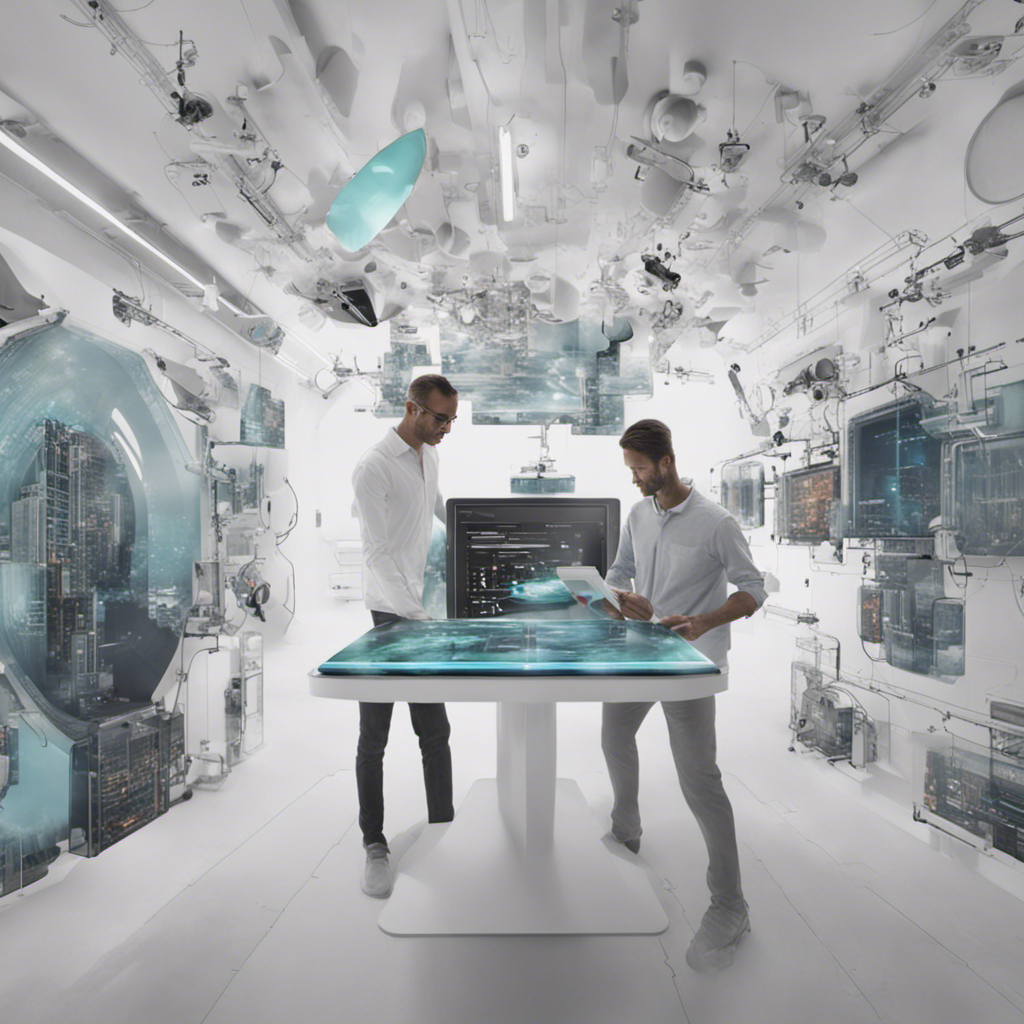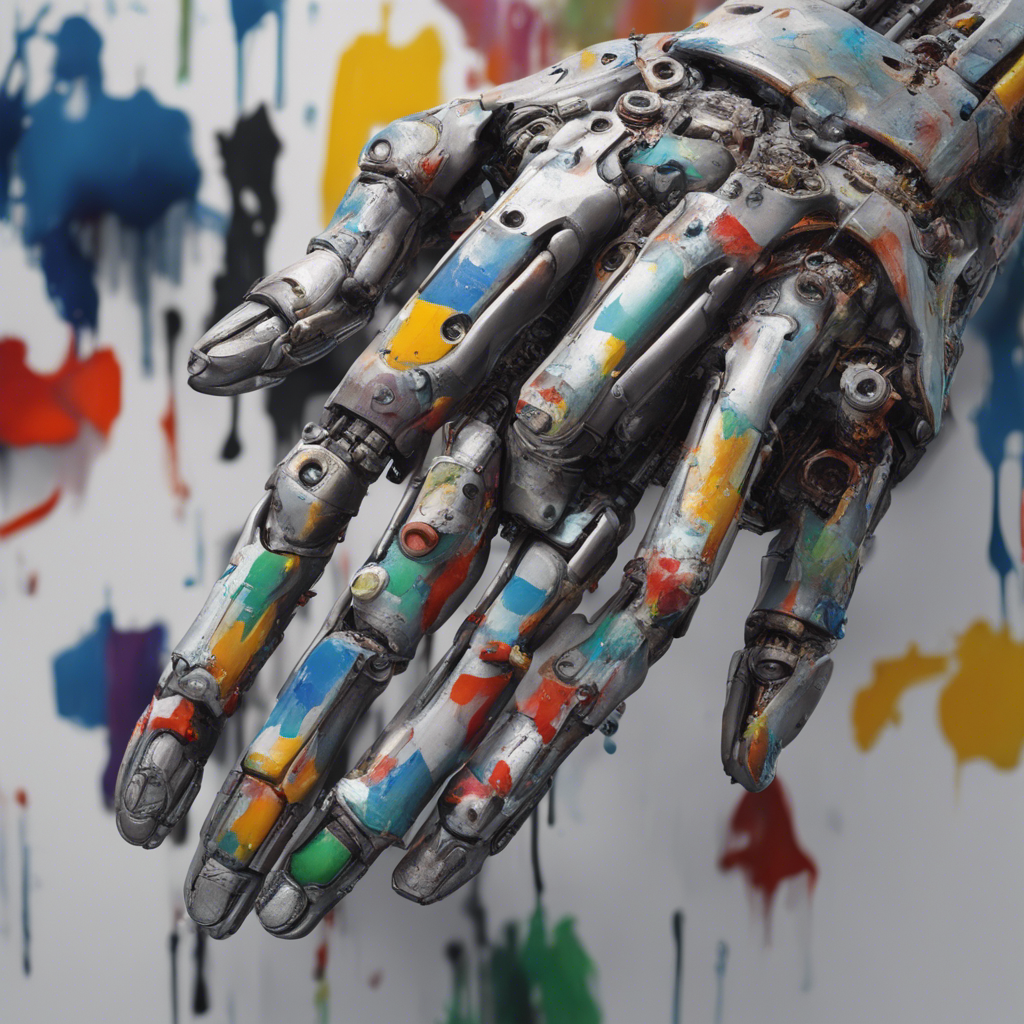
Introduction
Self-driving cars have rapidly evolved in recent years, revolutionizing transportation with their potential to enhance safety, efficiency, and convenience. At the heart of this transformation lies artificial intelligence (AI), a technology that enables these vehicles to autonomously navigate roads and make decisions with minimal human intervention. In this blog post, we will dive into the evolution of self-driving cars and explore the pivotal role that AI has played in their development.
The Early Stages: Automated Assistance
The journey towards self-driving cars began with the introduction of advanced driver assistance systems (ADAS). ADAS technologies, such as adaptive cruise control, lane-keeping assist, and automatic emergency braking, provided a glimpse into the potential of AI-powered automation. These features leveraged AI algorithms to analyze sensor data, understand the environment, and assist drivers in various scenarios.
The Rise of Autonomy: Levels of Automation
As technology progressed, self-driving car capabilities began to evolve, leading to the establishment of a clear framework known as the “levels of automation.” The Society of Automotive Engineers (SAE) defines six levels of automation, ranging from Level 0 (no automation) to Level 5 (full automation). AI has played a crucial role in advancing autonomy at each level.
At Level 1, AI algorithms assist the driver but do not act independently. These features include automated braking and acceleration systems. Level 2 introduces partial automation, enabling the vehicle to control steering and acceleration simultaneously in certain conditions. Automakers integrated AI to process sensor data, recognize road markings, and respond accordingly.
Level 3 marks a significant shift, where the vehicle can operate autonomously under specific conditions, allowing drivers to disengage from driving tasks temporarily. However, human intervention is still required at times when the car encounters situations beyond its capabilities. AI algorithms interpret real-time sensor data, monitor the environment, and make decisions based on predefined rules.
Level 4 presents a considerable leap forward, as vehicles can operate autonomously in predefined areas or under specific circumstances, without the need for driver intervention. AI becomes increasingly robust, using advanced sensor fusion, computer vision, and machine learning algorithms to handle complex scenarios encountered during urban and highway driving.
Finally, Level 5 represents the pinnacle of self-driving technology, where vehicles operate completely autonomously in any conditions or location without human intervention. AI, powered by powerful neural networks and deep learning algorithms, takes center stage in this level, enabling cars to navigate complex situations and adapt to unpredictable environments.
AI’s Contribution: Sensing, Perception, and Decision-Making
AI algorithms are the driving force behind self-driving cars, orchestrating a seamless and safe driving experience. They work in three primary domains: sensing, perception, and decision-making.
In the sensing domain, self-driving cars rely on a combination of cameras, radar, lidar, and other sensors to capture a comprehensive view of their surroundings. AI algorithms process this vast amount of sensory data in real-time, enabling the vehicle to detect objects, pedestrians, traffic signs, and even predict their behavior.
The perception domain focuses on understanding the environment and making sense of the sensor data. AI algorithms analyze this data to identify objects, differentiate between obstacles and road signs, and generate a detailed representation of the surroundings. This understanding is crucial for self-driving cars to navigate and plan their trajectories.
Lastly, AI algorithms come into play during decision-making. They process the sensory inputs and analyze various factors, such as traffic conditions, road rules, and safety considerations, to make informed decisions in real-time. This involves trajectory planning, managing speed, incorporating traffic signals, and predicting the behavior of other road users.
The Future Ahead: Advancements and Challenges
The evolution of self-driving cars is still ongoing, and AI continues to push the boundaries of what is possible. Advancements in AI algorithms, hardware capabilities, and data collection methods will lead to greater accuracy, efficiency, and safety in autonomous driving.
However, several challenges remain. Enhancing the robustness of AI systems in diverse weather conditions, addressing ethically complex scenarios, and ensuring resilience against cybersecurity threats are some of the challenges that need to be tackled. Nevertheless, researchers and industry players are actively working towards overcoming these obstacles to realize the full potential of self-driving cars.
Conclusion
Self-driving cars, powered by AI, are transforming the way we perceive transportation. The evolution of this technology from automated assistance to full autonomy has been driven by advancements in artificial intelligence. As AI algorithms become increasingly sophisticated, self-driving cars will continue to improve in terms of safety, efficiency, and overall driving experience. With ongoing research and industry collaborations, we can expect a future where self-driving cars become a common sight on our roads, revolutionizing mobility for the better.
References and Sources:
- Society of Automotive Engineers (SAE): Levels of Driving Automation
- [Link to research paper on AI in self-driving cars]
- [Link to industry report on the future of autonomous vehicles]
[Featured image source: Unsplash.com - Photographer Name]






